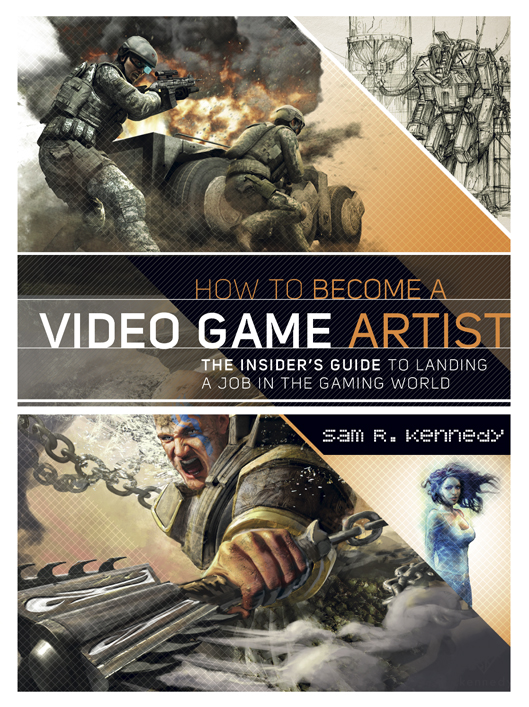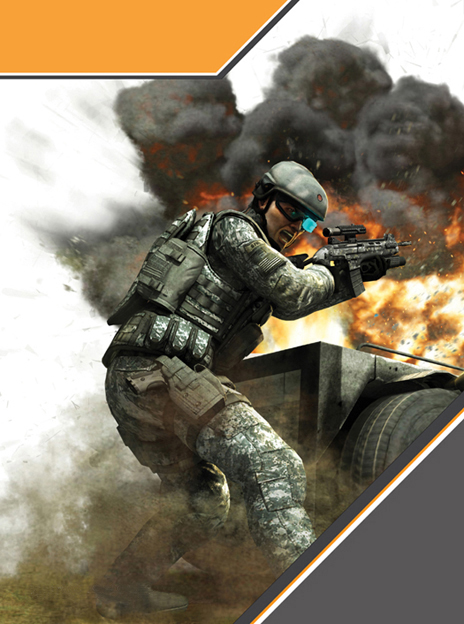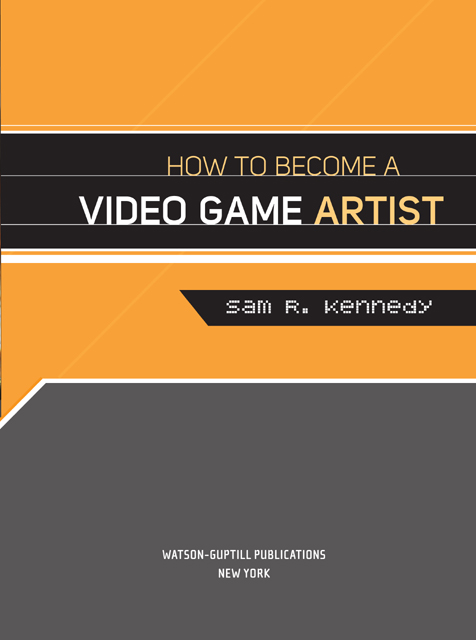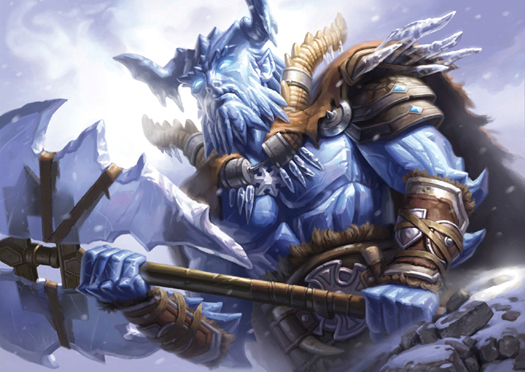Copyright 2013 by Sam R. Kennedy
All rights reserved.
Published in the United States by Watson-Guptill Publications, an imprint of the Crown Publishing Group, a division of Random House, Inc., New York.
www.crownpublishing.com
www.watsonguptill.com
WATSON-GUPTILL and the WG and Horse designs are registered trademarks of Random House, Inc.
Artwork by Sam R. Kennedy, except as otherwise noted.
World of Warcraft (WoW) art by Mike Sass.
2012 Blizzard Entertainment .
CONTENTS
Magic: The Gathering by Mike Sass Wizards of the Coast .
INTRODUCTION
This book is for anyone who wants to do art and get paid to do it. Specifically, it is about working successfully as an artist in the video game industry. I wrote this book for those artists out there who, like me, love to draw and paint and animate and either have or would like to have a video game career. You may not be a working artist right now, but if you read this book you will learn how to become one. If you are already a professional, Ill tell you how to break into video games or how to move to your dream job if youve already broken in.
Video game art is like no other art form. Like movies, video games demand excellent visuals, interesting stories, and compelling animation. Unlike movies, however, video game art is interactive and intertwined with complex and changing technology. A movie audience sees only what is in front of a camera, whereas a video game player is free to walk around the set. Video game artists have to build an entire world for the players character to live in, not just a set that looks realistic from one angle.
Video games are engaging to play and amazing to watch, and it takes many talented artists working on many different aspects to create each game. There are even artist tech jobs that dont require you to have strong drawing skills. If you are determined and work hard at perfecting the right skills, there will be creative roles you can fill in the industry.
HOW I BECAME A VIDEO GAME ARTIST
When I was a child, I thought the only artists out there were Disney animators and the starving variety. But when art-heavy video games burst onto the scene in the mid-1990s, I realized there was a whole new art world out there, one with thousands of new jobs.
I was in college at the time, struggling to learn to become an illustrator. Though video games had been increasingly popular since the early 1970s, when Pong swept the country, they didnt become art-heavy until the mid-1990s with games like Warcraft II , Abes Oddysee , and Tom Clancys Rainbow Six . Simultaneously, 3D arrived. The enormous worldwide success of the movie Toy Story (1995) proved that audiences would embrace 3D, and shortly after that video games began to move from 2D sprite animations (series of pictures of characters or objects on the game disk that are played when the player inputs the right combination on the controller) to real-time rendered 3D games (the video game itself renders the images on the screen as the player sees them, called rendering on the fly .) This move from 2D to 3D triggered a huge upsurge in the number of artists needed to create a video game, and as 3D art has become more sophisticated, the number of artists needed to produce it continues to increase.
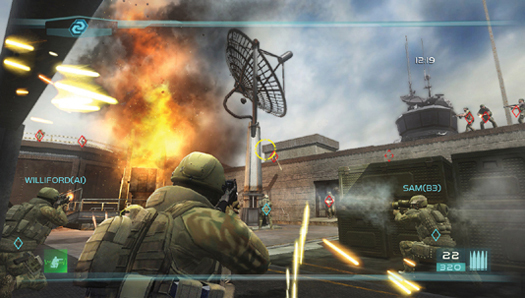
Ubisoft/Red Storm Entertainment .
Screen shot from Tom Clancys Ghost Recon Advanced Warfighter 2, composed and edited by Sam R. Kennedy , using game assets created by Ubisoft and the Red Storm development staff .
3D games Feature virtual worlds with three dimensions (length, width, and the illusion of depth) that allow the player to move in multiple directionsforward/backward, up/down, side to side, and in front of and behind scenery and objects. In this screen shot, because this is a 3D game, the player can run anywhere in this environment, including behind buildings and from ship to ship, and enemies can ambush the players from rooftops .
GETTING MY FIRST VIDEO GAME JOB
I was lucky enough to be exiting college when simply knowing some 3D applications made you highly employable. After I struck out trying to get an animation job, I was offered a job as a video game production artist. (Production artists are the artists who do the mucking-out jobs. We were called pixel pushers back then, because we literally changed the colors one pixel at a time.)
I wasnt a very strong artist when I started pushing pixels, but I was making money and focused on learning what I could from the better artists around me. After some outside workshops in 3D, I went from pixel pushing to creating cinematics for PlayStations Animaniacs Ten Pin Alley , a wonderful job where I got to model, rig, animate, light, and render complete scenes in 3D. But I still liked animation the best, and in my down time I taught myself character animation. I landed an animation gig at Saffire, Inc., where I was a principal animator for a Soul Calibur fighting-style Xbox game and also rendered concept art and pitch art. When the studio lost its funding, I became an animator and concept artist at a new studio, painting in my down time. Our game didnt have a marketing artist, so I tried my hand at that too. Later I took a marketing artist position at Ubisoft, where I was privileged to work with some great people on brand name games like Tom Clancys Ghost Recon , Tom Clancys Rainbow Six , and Teenage Mutant Ninja Turtles .
WHATS A PIXEL?
A pixel is a tiny square of color. Digital art is made up of hundreds of thousands to millions of individual pixels. Each pixel is a combination of three colors (in the RGB system: red, green, or blue). By mixing these three basic colors you create all the colors in the art. The more pixels there are in a digital artwork, the sharper and crisper that artwork is. If you dont have enough pixels to create smooth gradients across your picture, it is said to be pixelated (because you can see the pixels themselves). Usually a printed digital art piece will have 300 pixels to an inch-long row. Computer monitors are flexible with their display rate; however, 72 DPI or dots per inch can be thought of as average. (In the phrase dots per inch pixels are referred to as dots.)



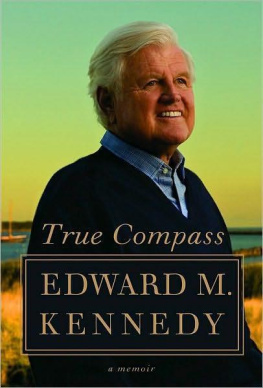
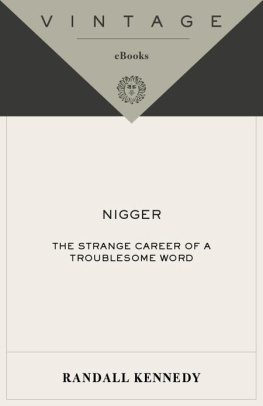



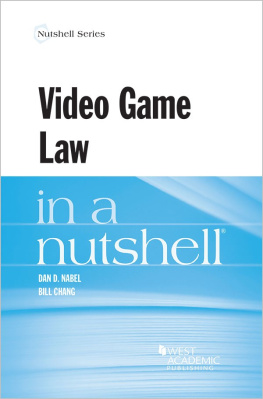


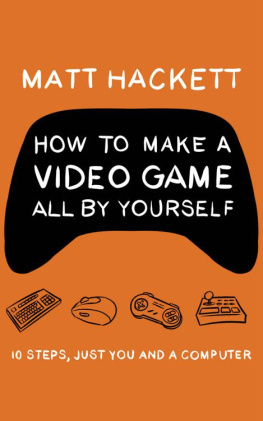

![Ethan Ham [Ethan Ham] - Tabletop Game Design for Video Game Designers](/uploads/posts/book/119417/thumbs/ethan-ham-ethan-ham-tabletop-game-design-for.jpg)

